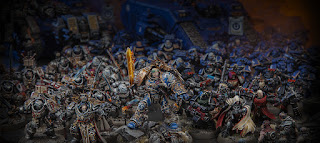For all its major successes, few will deny that Valve’s Greenlight scheme has hardly been the success the company hoped it might be. After multiple controversies born from a lack of policing, Valve itself announced that it would be killing off the system and replacing it with a better alternative. In order to achieve this goal, the company has approached two of Greenlight’s greatest critics, Jim Sterling and John “Totalbiscuit” Bain.
This was announced earlier today on each video game commentator’s Twitter feeds, posting images from Valve’s HQ. This was followed up several hours later by several responses from Sterling stating the following:
Wrapped with Valve. Seen and consulted on future Steam plans. I believe valuable ideas were exchanged. pic.twitter.com/s7JD6Z7W84— Jim RESISTerling (@JimSterling) March 30, 2017
No but we discussed studios like that and I'm pleased with what I heard.— Jim RESISTerling (@JimSterling) March 30, 2017
Quite pleased indeed. https://t.co/LMx8bHrfAV
I was very surprised. They asked me and @Totalbiscuit both here and really did listen.— Jim RESISTerling (@JimSterling) March 30, 2017
I have a bit of hope, but all remains to be seen. https://t.co/ozgumQGrqQ
Over the past several years both Sterling and Bain have repeatedly cited multiple failings of the system, with the former even creating a long running Youtube series focusing upon the more problematic releases. Often focusing upon the issues behind the system itself rather than merely the games which have been uploaded, this is their chance to hopefully change things for the better.




























